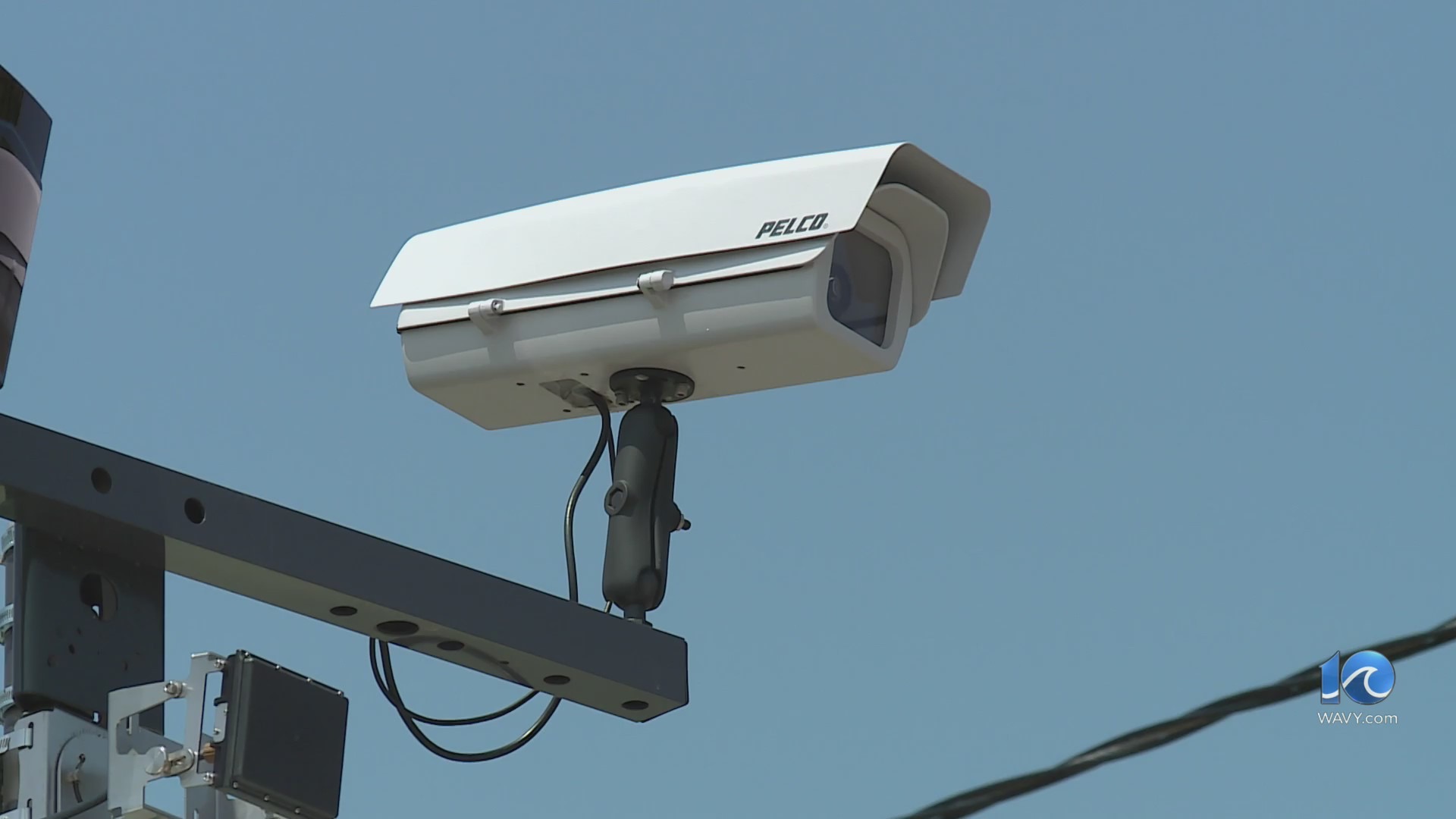WASHINGTON (AP) — The Supreme Court has been very good to President Donald Trump lately.
Even before he won a new term in the White House, the court eliminated any doubt about whether Trump could appear on presidential ballots, then effectively spared him from having to stand trial before the 2024 election on criminal charges he tried to overturn the 2020 election. That same ruling spelled out a robust view of presidential power that may well have emboldened Trump’s aggressive approach in his second term.
In the five months since Trump’s inauguration, the court has been largely deferential to presidential actions, culminating in Friday’s decision to limit the authority of federal judges who have sought to block Trump initiatives through nationwide court orders.
The decisions from a court that includes three justices Trump appointed during his first term have provoked a series of scathing dissents from liberal justices Sonia Sotomayor and Ketanji Brown Jackson. They accuse the conservative supermajority of kowtowing to the president and putting the American system of government “in grave jeopardy,” as Jackson wrote Friday.
Justice Amy Coney Barrett, author of the opinion limiting nationwide injunctions, responded to Jackson’s “startling line of attack” by noting that she “decries an imperial executive while embracing an imperial judiciary.”
To be sure, the court has not ruled uniformly for Trump, including by indefinitely stopping deportations to a notorious prison in El Salvador without giving people a reasonable chance to object.
But Trump’s victories have dwarfed his losses.
Here are some takeaways from the Supreme Court’s term:
The real action was on the court’s emergency, or shadow, docket
That’s where the court deals with cases that are still in their early stages, most often intervening to say whether a judge’s order should be in effect while the case proceeds through the courts.
While preliminary, the justices’ decisions can signal where they eventually will come out in the end, months or years from now. Emergency orders are generally overshadowed by decisions the justices issued in the cases they heard arguments between last fall and the spring.
Almost since the beginning of Trump’s second term, the court’s emergency docket has been packed with appeals from his administration. For a while, the justices were being asked to weigh in almost once a week as Trump pushed to lift lower court orders slowing his ambitious conservative agenda.
Trump scored a series of wins on issues ranging from the revocation of temporary legal protections for immigrants to Elon Musk’s dramatic cost cutting at the Department of Government Efficiency.
And that was before Friday’s decision on nationwide injunctions, court orders that prevent a policy from taking effect anywhere.
Many of the recent orders are in line with the conservatives’ robust view of executive power.
Transgender people and their advocates suffered major setbacks
The three liberal justices dissented from each of three cases involving transgender rights or LGBTQ issues more generally.
Trump has moved aggressively to roll back the rights of transgender people and the court has rebuffed attempts to stop him.
In another emergency appeal, the court’s conservatives allowed a ban to take effect on transgender members of the military, even after lower courts had found the policy unconstitutional.
In mid-June, Roberts wrote the opinion for a conservative majority that upheld Tennessee’s ban on certain medical treatment for transgender youth, rejecting arguments that it amounted to unconstitutional discrimination. The decision probably will affect a range of other pending court cases on transgender issues, including those involving access to health care, participation on sports teams and gender markers on birth certificates.
On the final day of decisions, the justices ruled in favor of Maryland parents with religious objections who don’t want their children exposed to public school lessons using LGBTQ storybooks. The case was about religious freedom, Justice Samuel Alito wrote for the majority. Sotomayor wrote in dissent that the decision “threatens the very essence of public education.”
Supreme Court dissents can be withering
In 2008, Justice Antonin Scalia wrote that the court’s decision in favor of Guantanamo Bay detainees “will almost certainly cause more Americans to be killed.” That opinion was written in an era when conservatives were sometimes on the losing end of the term’s biggest cases.
Times have changed, as has the tilt of the court.
“It is important to recognize that the Executive’s bid to vanquish so-called ‘universal injunctions’ is, at bottom, a request for this court’s permission to engage in unlawful behavior,” Jackson wrote Friday.
Objecting to the court’s order in yet another emergency appeal to allow the resumption of quick deportations to third countries, Sotomayor wrote that her conservative colleagues were “rewarding lawlessness.”
Sotomayor also dissented from the transgender health care decision. “It also authorizes, without second thought, untold harm to transgender children and the parents and families who love them,” she wrote.
Everyone seems to be staying put
The court left for its long summer break without any retirements, despite talk that one of older conservative justices, 77-year-old Clarence Thomas or 75-year-old Samuel Alito, might step aside so that Trump could keep a conservative in their seats for the next few decades.
But with Republicans in control of the Senate at least through the end of 2026, a justice could retire a year from now with sufficient time to have his replacement confirmed.
Thomas, the longest-serving of the current justices, has just under three years to go until he would become the longest-serving justice in U.S. history. The record is held by William O. Douglas, whose 36-year tenure began during FDR’s presidency in 1939 and ended when Gerald Ford was in the White House, in 1975.





